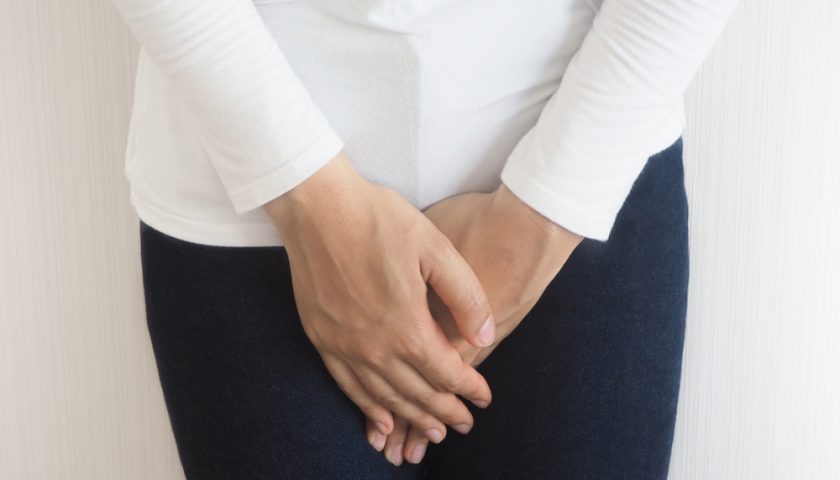Uterine fibroids are common, noncancerous growths that develop in or on the uterus. Many people with fibroids experience no symptoms at all and may only learn they have them during a routine pelvic exam. For others, these growths cause symptoms that affect daily comfort and quality of life, prompting them to seek a medical evaluation from an OBGYN.
What Are Uterine Fibroids?
Uterine fibroids are tumors that grow in the wall of the uterus. These growths are almost always benign, meaning they are not cancerous. Fibroids can develop in different locations within the uterine structure. Some grow inside the uterine wall, others protrude from the outer surface of the uterus.
The size of fibroids can vary greatly. They may be as small as a seed, undetectable to the human eye, or grow large enough to distort the shape and size of the uterus. A person may have a single fibroid or multiple growths. They are most common among people of reproductive age, and their prevalence tends to decrease after menopause.
What Are the Signs?
While many individuals have no symptoms, others may experience one or more signs. The type and severity of symptoms often depend on the location, size, and number of fibroids. 7 signs of fibroids include:
- Heavy or Prolonged Menstrual Bleeding: This could manifest as periods that last longer than a week or bleeding that is heavy enough to require changing pads or tampons very frequently.
- Pelvic Pressure or Fullness: Larger fibroids can create a sensation of pressure, fullness, or discomfort in the lower abdomen.
- Frequent Urination or Difficulty Emptying the Bladder: A fibroid that presses against the bladder can increase the urge to urinate. It may also make it difficult to empty the bladder completely, leading to repeated trips to the bathroom.
- Lower Back or Leg Discomfort: Depending on their location, fibroids can press on nerves that extend to the lower back and legs. This pressure may result in a persistent, localized ache that is not related to muscle strain.
- Pain During Intercourse: Fibroids located near the cervix or lower part of the uterus can sometimes cause discomfort or pain during sexual intercourse.
- Constipation: When fibroids press on the rectum, they can interfere with normal bowel function, potentially leading to constipation.
- Fatigue Related to Heavy Periods: Significant blood loss from heavy menstrual bleeding can lead to anemia. A common symptom of anemia is fatigue, weakness, or a lack of energy.
If you notice any of these signs affecting your daily life, speaking with a healthcare professional can provide clarity.
How Does an OBGYN Treat Them?
The management of uterine fibroids is highly individualized and depends on factors like your symptoms, the fibroids’ characteristics, and your personal health goals. An obstetrician-gynecologist (OBGYN) will typically begin with a thorough evaluation. This process involves discussing your medical history, performing a pelvic exam, and often using imaging studies like an ultrasound. Based on this evaluation, several paths may be available:
- Watchful Waiting: For individuals with no or mild symptoms, a provider might suggest monitoring the fibroids over time without immediate intervention.
- Medications: A clinician may prescribe medications to help manage symptoms. Options exist to address heavy menstrual bleeding or alleviate pelvic discomfort.
- Surgical Options: For more significant symptoms, surgery may be an option. A myomectomy is a procedure to remove the fibroids while leaving the uterus intact.
Seek Professional Gynecological Services
Navigating the symptoms associated with uterine fibroids begins with clear communication. Scheduling a visit with a qualified OBGYN is a proactive step toward receiving personalized guidance. A healthcare provider can offer a complete evaluation and help you understand the management approaches that align with your specific situation and health objectives.



